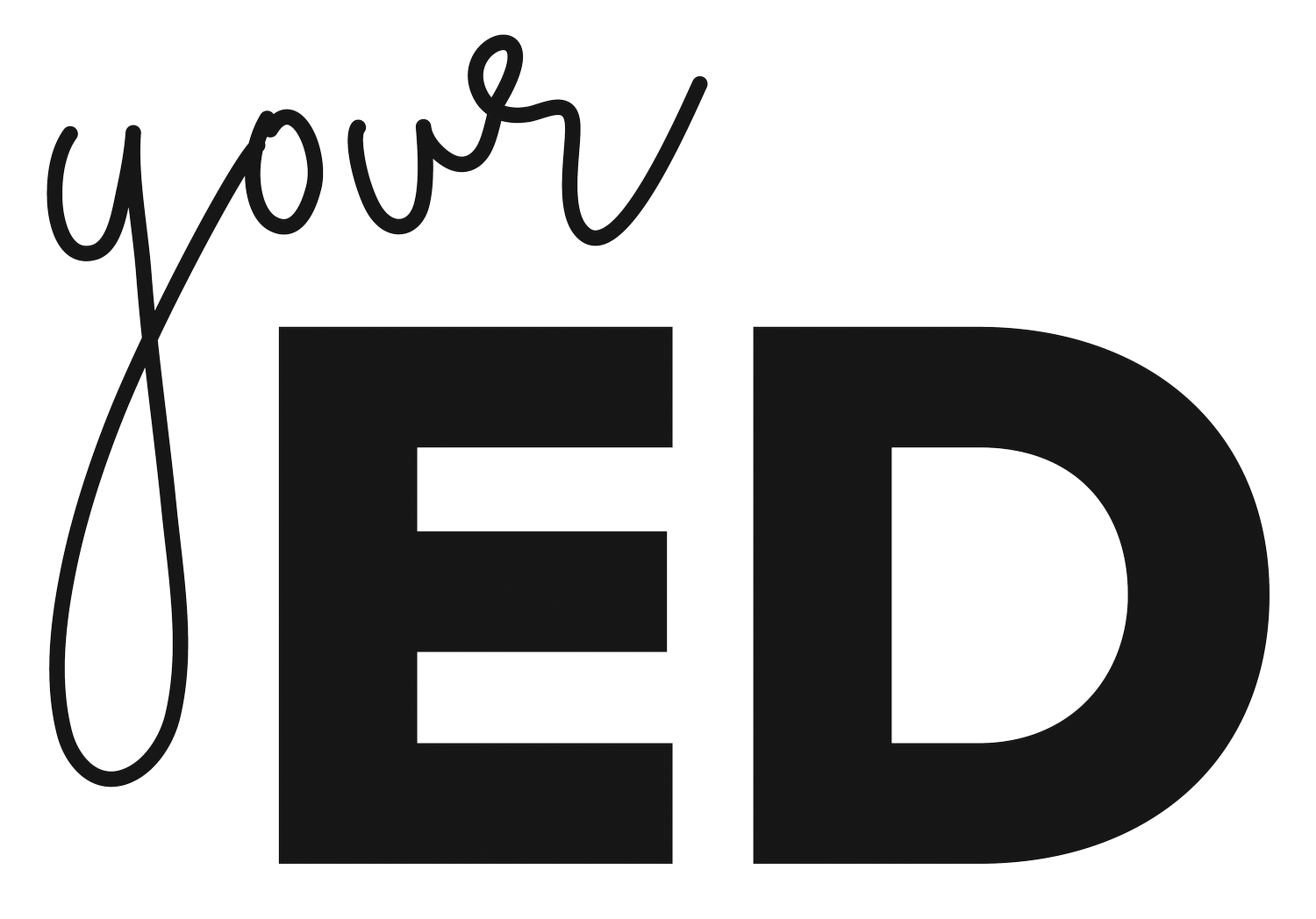First Aboriginal-led emergency department shift in Cairns
This February, Ngajanji woman and FACEM in charge, Dr Tatum Bond, and Ngarrindjeri man and nursing team leader, Jeremy Rigney, were at their computers in the ED clinical space. They were sitting next to each other, as is customary for the clinical leads, when they both simultaneously froze.
“We looked at each other and went, “’It’s two Blackfullas running this place!’” says Tatum.
After everything First Nations people have experienced for centuries, for the two healthcare workers it was a powerful moment that represented the resilience and determination of Aboriginal people.
Jeremy says, “That’s a feeling that should be felt by all Blackfullas. It represents sovereignty, it represents self-determination, it represents power, and it represents that we’re in a position where we can make change.”
“ “That’s a feeling that should be felt by all Blackfullas. It represents sovereignty, it represents self-determination, it represents power, and it represents that we’re in a position where we can make change.””
It also models to younger generations of Indigenous people that it’s possible to work in healthcare – and to lead it. Jeremy says, “It shows that opportunities are coming up for Aboriginal and Torres Strait Islander people now.”
“Not only are we doing it,” says Tatum, “but we’re doing it well. We’re leading this place.”
Jeremy remembers, “I said, we should probably take a photo of this moment, eh? And that’s what we did.”
Over 30 per cent of patients who present to the Cairns emergency department identify as Aboriginal and/or Torres Strait Islander, and Aboriginal leadership in the ED provides greater trust and cultural safety.
“You have more trust in the person that’s treating you when you know you’re being treated by your own mob,” says Tatum.
“We can make sure that everyone who’s working with us is being culturally safe and culturally appropriate around us and providing the best treatment to our people.”
Almost ten per cent of Indigenous Australians who present to EDs leave before they are seen, or discharge against medical advice. However, research indicates that this is reduced if healthcare staff are Aboriginal.
This month, it was announced that self-discharge among patients that identified as Aboriginal or Torres Strait Islander dropped by more than a third after Alice Springs hospital introduced Aboriginal liaison officers in the orthopaedic multidisciplinary team.
““When I talk to Elders and I tell them about my Indigenous heritage, a lot of them are excited, and proud, as there just aren’t enough Indigenous leaders and doctors and senior nurses around. We’re getting there – but it’s still a rare thing.””
The Cairns ED, the inaugural recipient of the ACEM Al Spilman Award for Culturally Safe Emergency Departments, have also seen positive changes since the establishment of the Cairns Emergency Department Cultural Safety Reference Group. Improvements include a 50 per cent reduction in the number of patients discharging against medical advice, re-presentation rates and lengths of stay in the ED.
Both Tatum and Jeremy believe that increasing the numbers of Aboriginal FACEMs, nurses and other healthcare workers is vital.
Tatum said, “When I talk to Elders and I tell them about my Indigenous heritage, a lot of them are excited, and proud, as there just aren’t enough Indigenous leaders and doctors and senior nurses around. We’re getting there – but it’s still a rare thing.”
Currently, there are eight FACEMs, and 19 trainees who identify as Aboriginal and/or Torres Strait Islander.
ACEM’s Reconciliation Action Plan aims to support and increase Aboriginal and Torres Strait Islander workforce through education, training, and other initiatives.
There also needs to be a focus on increasing the number of Aboriginal people in leadership roles.
Jeremy says, “This will create bigger groups which will have a flow on effect to the cultural safety of the department, the community and benefit our People.”
Without Aboriginal representation in ED, Jeremy warns, “Departments might not operate in a way we need to, to make blackfullas feel safe when they come into the ED.”
However, there are actions all staff can take to increase cultural safety, says Tatum. Get to know your local Aboriginal community, learn about the history of the area, meet Elders. Keep an open mind and challenge biases that arise.
She encourages all ED staff to learn about culture, to embrace cultural safety and cultural competency – and to understand the difference between the two.
While it can be increasingly challenging in overcrowded emergency departments, staff should strive to deeply listen to Indigenous people.
“There’s a lot of stories people have to tell,” said Tatum. “It’s a yarning thing. Most Indigenous people love to sit down and have a chat – if you’re doing it well.”
EDs must also listen to Aboriginal people on how to best meet their needs, says Jeremy, and be open to new ways of doing things.
“We have the answers,” he says. “We know what Mob need.”






